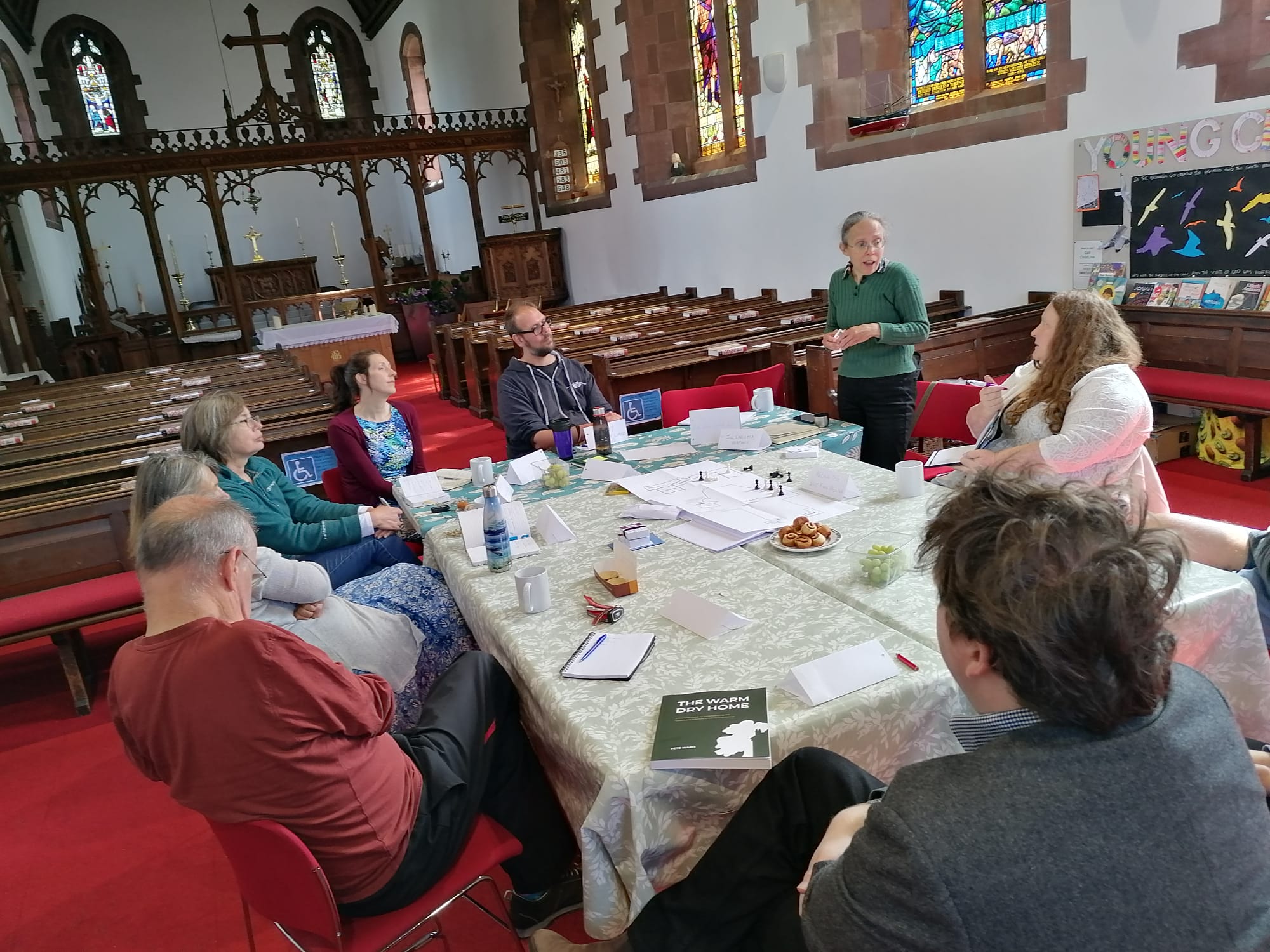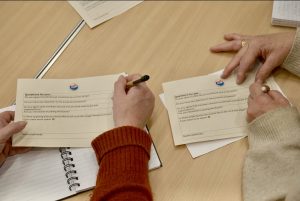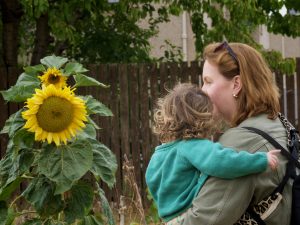The question of how to retrofit community buildings can feel overwhelming. The options, challenges, costs and advice can seem confusing and sometimes even conflicting. On 30th May, the Director of HeatHack joined the Climate Hub to deliver a session called Saving Energy in Buildings. And it is this title that is key to how to begin to solve this question.
Jean took us on a journey of key topics that should be addressed to make your community space more comfortable for your users in terms of warmth but without wasting energy.
One of the top tips was to keep the building dry. Damp walls lose heat much faster than dry ones, and make people feel colder, too. Roofs, gutters and the right level of ventilation are really important, and so is making sure old, traditional buildings can “breathe” by avoiding materials designed for modern ones.
Another top tip was to ask the key question: what are you trying to heat, the air or the people? Most heating systems try to make the people warm by making all the air in the building warm. In a big leaky building with high ceilings, that might not be sensible (e.g. it can be very costly or not effective), especially if it isn’t used all the time.
Jean took us through the process of thinking about what we are trying to heat (people or the space). Sometimes the right answer is a bit of both. Options to heat people were discussed, from heated pew seats to efficient radiant heaters that heat objects over space.
We also explored other key aspects from how to reduce heat loss and suitable heating controls to accessing funding. The workshop was attended by people who looked after village halls to churches to scout buildings, and the discussion was rich and varied.
A brilliant example of a local building that has worked to save energy, for both environmental and financial reasons, is St Andrew Blackadder in North Berwick. The church has taken steps to dramatically cut their carbon emissions as well as their energy bills by ‘greening’ the church hall.
The church hall is a key community venue and serves about 1000 people each week. When the wooden floor needed replacing the church believed it was time to demonstrate their commitment to lowering their carbon footprint.
The project included:
- replacing the gas boiler with a 12kWh heat pump
- installing 33 solar PV panels with a 11.4 kWh battery to generate electricity for the heat pump
- insulating the hall floor and installing under floor heating
- insulating the ceiling
- putting in secondary glazing
- Installing a new mechanical ventilator with heat recovery improves air quality and controls moisture and mould.
The work began in August 2024 and was completed in January 2025. It cost about £200,000 and was funded by a combination of a grant from Home Energy Scotland, gifts from the congregation and drawing on other church funds.
Hall users appear to be very satisfied, and the hall is said to be reliably warm. Whilst it is early days and progress would need to be monitored over the long term; gas consumption had reduced by at least a third this winter. There will have been a corresponding drop in emission of CO2 and pollutants causing respiratory disease, including childhood asthma.
If you would like to talk to HeatHack, you can get in touch via their website. Here is the digital guide book, which includes lots of brilliant accessible information on saving energy. You can jump to different sections on the menu on the left.
The guide includes activities you can do with a small group to complete a high level plan as well as instructions for a card game Jean designed to help you explore possible actions. We have a copy of the card game that we can loan out – if you want to borrow it, contact us at: hello@eastlothianclimatehub.org. Contact us if you would like to use this card game: hello@eastlothianclimatehub.org




